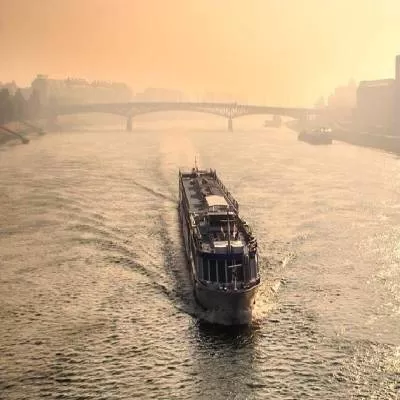
Mumbai, April 2 -- To enhance the efficiency and cost-effectiveness of cargo transportation, including food grains and essential commodities to remote and underserved areas, 111 National Waterways (NWs) were declared under the National Waterways Act, 2016. Several initiatives have been introduced to promote Inland Water Transport (IWT) and strengthen the sector's infrastructure.
A scheme offering a 35% incentive has been approved to encourage cargo owners to utilise inland waterways and establish scheduled cargo services on NW-1, NW-2, and NW-16 via the Indo-Bangladesh Protocol route. Additionally, the National Waterways (Construction of Jetties/Terminals) Regulations 2025 has been notified, providing a structured regulatory framework for private sector investment in inland waterways infrastructure.
To facilitate a modal shift towards waterway transportation, more than 140 Public Sector Units have been approached to integrate Inland Water Transport into their logistics strategy. These organisations have been requested to assess their current cargo movement and outline their plans for adopting waterway transport.
Fairway maintenance activities, including river training, maintenance dredging, channel marking, and regular hydrographic surveys, are being carried out across various National Waterways. On NW-1 (River Ganga), 49 community jetties, 20 floating terminals, three Multi-Modal Terminals (MMTs), and one Inter-Modal Terminal (IMT) have been developed, complementing five pre-existing permanent terminals.
On NW-3 (West Coast Canal in Kerala), nine permanent Inland Water Transport terminals equipped with storage facilities and two Ro-Ro/Ro-Pax terminals have been established, further enhancing the region's waterway logistics capabilities.
This information was provided by the Union Minister of Ports, Shipping, and Waterways, Shri Sarbananda Sonowal, in a written reply to the Rajya Sabha.
Published by HT Digital Content Services with permission from Construction World.
